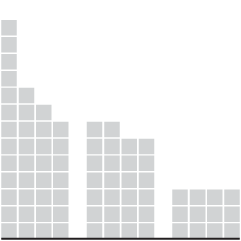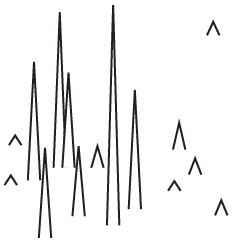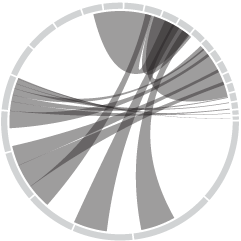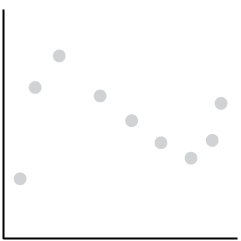In the 1980s, students and researchers at UCLA, led by marketing professor Alan Andreasen, found some interesting spending patterns when people approach major life events.
[W]hen some customers were going through a major life event, like graduating from college or getting a new job or moving to a new town, their shopping habits became flexible in ways that were both predictable and potential gold mines for retailers. The study found that when someone marries, he or she is more likely to start buying a new type of coffee. When a couple move into a new house, they’re more apt to purchase a different kind of cereal. When they divorce, there’s an increased chance they’ll start buying different brands of beer.
These findings turned out to be the backbone of work by statistician Andrew Pole, who was hired by Target to analyze their data and increase sales. Somewhere along the way, the marketing department at Target asked Pole if there was a way to predict that a customer was expecting a child. Birth records are freely available, so it’s easy to send baby-related coupons and advertisements to new mothers, but Target wanted first dibs, before that baby came out.
As you might expect, Pole found 25 products that were strong indicators and soon he had an estimate of pregnancies with a pregnancy prediction score.
Pole applied his program to every regular female shopper in Target’s national database and soon had a list of tens of thousands of women who were most likely pregnant. If they could entice those women or their husbands to visit Target and buy baby-related products, the company’s cue-routine-reward calculators could kick in and start pushing them to buy groceries, bathing suits, toys and clothing, as well. When Pole shared his list with the marketers, he said, they were ecstatic. Soon, Pole was getting invited to meetings above his paygrade. Eventually his paygrade went up.
Creepy or just good marketing? I say the latter.
[New York Times | Thanks, Paul]

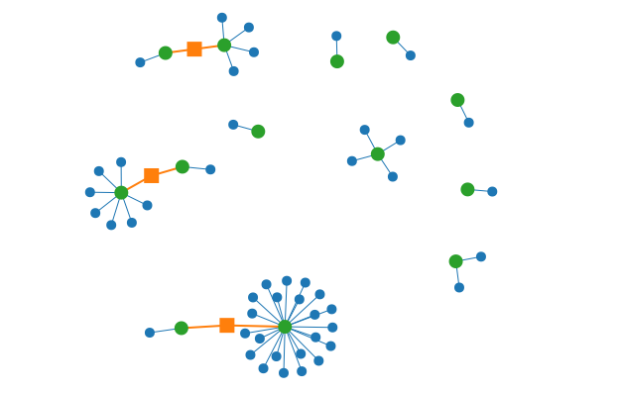


 Taking the next step in the Wolfram|Alpha experiment, Wolfram
Taking the next step in the Wolfram|Alpha experiment, Wolfram  Visualize This: The FlowingData Guide to Design, Visualization, and Statistics (2nd Edition)
Visualize This: The FlowingData Guide to Design, Visualization, and Statistics (2nd Edition)

